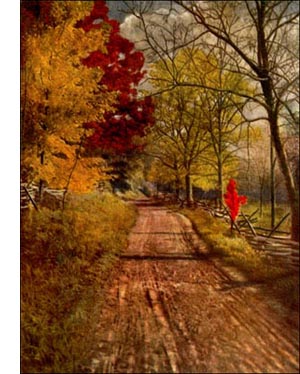Blue Spruce Tree
 Blue Spruce (Picea Parryana, Sarg.)-Handsome tree, 80 to 125 feet high, broadly pyramidal ; branches rigid, horizontal, in remote whorls. Bark grey, thick, broken into rounded, scaly ridges ; on young trees often reddish, in oblong plates. Wood light, fine grained, soft, weak, pale. Buds stout, blunt, large, with reflexed scales. Leaves dull blue-green to silvery white, variable ; rigid, stout, curving, horny pointed, striped on both sides with white, 3/4 to 1 1/8 inches long, shorter on fruiting twigs. Flowers: staminate reddish yellow ; pistillate green, the scales square at end, and bracts pointed. Fruit, stalked cones, pendant on upper limbs, 2 to 3 inches long, oblong, brown, shining ; scales flat, narrowing to finger-like blunt point ; seeds winged. Preferred habitat, elevation 6,000 to 10,000 feet, banks of streams. Distribution, Colorado, Utah and Wyoming. Uses: Ornamental tree planted in Europe and United States. Hardy, and grows well in Middle West ; conspicuous in the East.
Blue Spruce (Picea Parryana, Sarg.)-Handsome tree, 80 to 125 feet high, broadly pyramidal ; branches rigid, horizontal, in remote whorls. Bark grey, thick, broken into rounded, scaly ridges ; on young trees often reddish, in oblong plates. Wood light, fine grained, soft, weak, pale. Buds stout, blunt, large, with reflexed scales. Leaves dull blue-green to silvery white, variable ; rigid, stout, curving, horny pointed, striped on both sides with white, 3/4 to 1 1/8 inches long, shorter on fruiting twigs. Flowers: staminate reddish yellow ; pistillate green, the scales square at end, and bracts pointed. Fruit, stalked cones, pendant on upper limbs, 2 to 3 inches long, oblong, brown, shining ; scales flat, narrowing to finger-like blunt point ; seeds winged. Preferred habitat, elevation 6,000 to 10,000 feet, banks of streams. Distribution, Colorado, Utah and Wyoming. Uses: Ornamental tree planted in Europe and United States. Hardy, and grows well in Middle West ; conspicuous in the East.We have come to feel well acquainted with the blue spruce of Colorado through the beautiful blue or silver-leaved specimen trees so common on lawns everywhere we go. It is a cool, crisp-looking tree, of perfect symmetry, the whorls of branches well apart, insuring the full development of leaves and branchlets. It is a disappointment to its owner that the growing tree loses at length its lower limbs and the symmetry of its top. Yet this is a far-off event, and there are years of satisfaction ahead for the buyer of a handsome little blue spruce for his garden. Shrubbery can be tucked in around the tree when it begins to age, and other trees so placed as to hide its shortcomings.